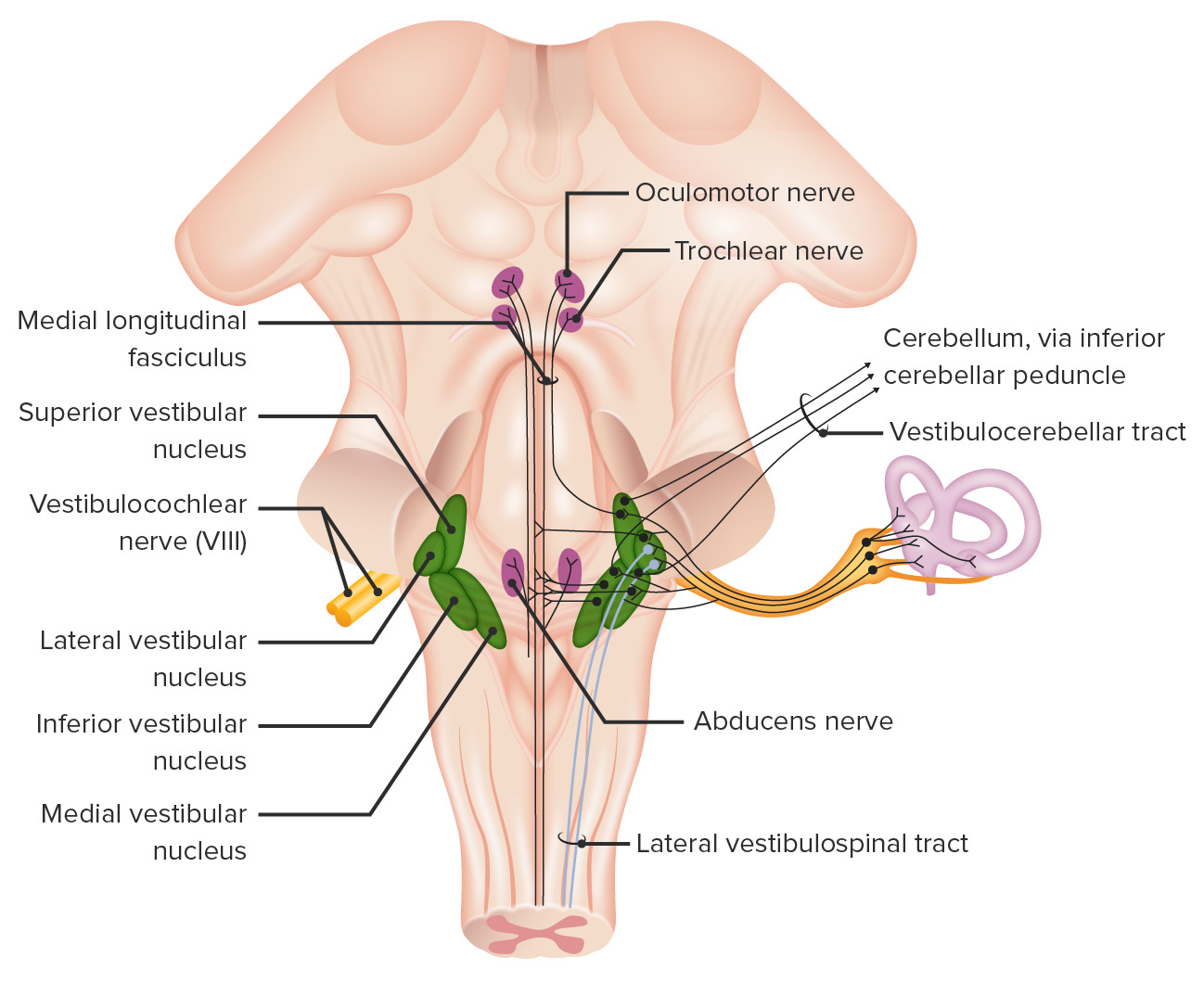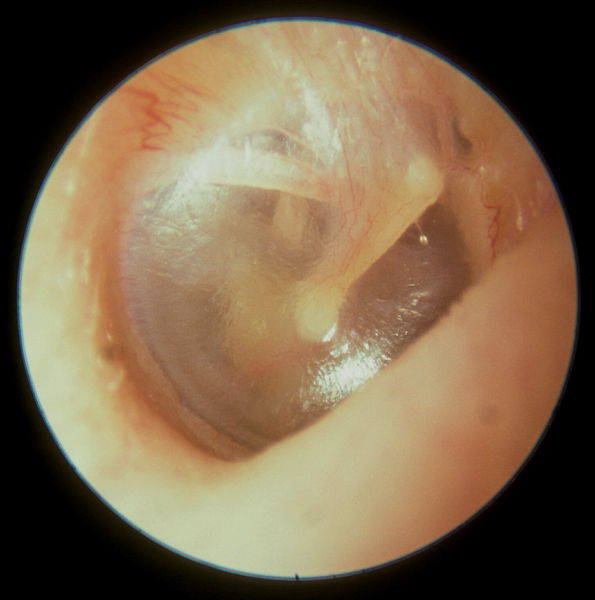Playlist
Show Playlist
Hide Playlist
Hair Cells and Sensory Reception – Hearing (PSY,BIO)
-
Slides Hearing SensingtheEnvironment.pdf
-
Download Lecture Overview
00:00 Now sound waves enter the outer ear causing the eardrum to vibrate. 00:04 So there is the canal. 00:05 That sound wave comes in. 00:07 And part of the design of the canal is to sort of focus and localize that sound information and bring it right to the outer -- sorry, to the eardrum. 00:17 Now the vibration passes from the malleus to the incus to stapes and it’s, literally, a movement of bones in this solution. 00:24 And the stapes carries vibrational information to the oval window. 00:28 At which point, vibrations is in the oval window create pressure waves in the fluid of the cochlea. 00:33 And that’s where we’re really getting a lot of the activation. 00:36 So all of these previous steps that I’ve talked about, the job is to take this information coming from the air, literally, sound waves, focus them, have them go through an aqueous solution, that’s the solution in the cochlea, and convert that into vibrational energy. 00:52 And then we get to the third stage which is converting these pressure waves into actual movement of hair cells. 01:00 So the basilar membrane is covered by these hair cells which have cilia. 01:04 And you move the cilia. 01:06 These structures are found in something called the organ of Corti. 01:09 And as these little hairs move, it actually opens ion channel. 01:14 So we say displacement by the wave opens ion channels which leads to neurotransmitter release and then goes on a cause and action potential. 01:21 So again, sound energy gets converted into wave energy. 01:25 It gets converted into vibrational energy within the wave into mechanical energy, movement of the hair cells, which gets converted into an action potential. 01:34 And also included in there is some chemical because of the neurotransmitter. 01:38 So we’ve gone through this whole slew of stuff. 01:40 And that’s why I was saying I want you to kind of appreciate you hearing the melodic tones of my voice, because how much is happening for you to hear that? And it doesn’t happen in a choppy fashion. 01:52 You hear my voice. Everything seems to make sense. 01:55 There seems to be -- There seems to be an acquisition of temporal information, the candor of my speech. 02:01 All of this is happening through this process. 02:06 Okay, so here’s a blow up of the basilar membrane. 02:09 So I was mentioning it contains those hair cells. 02:12 Now the way it’s designed is it’s actually tapered. 02:14 So the membrane is tapered and stiffer at the basal end and wider and floppier at the apical end. 02:20 So you can see from the diagram, you kind of have this formation. 02:23 And at the -- At the base, it’s a little bit stiffer. 02:27 And at the other end, where it’s wider, it’s floppier, and that allows us to do something really unique and that differentiate between different frequencies. 02:35 So the base, which is closer to the oval window, we have a higher frequency, shorter wavelengths. 02:40 And at the apex, we have -- this is the farthest point from the oval window. 02:44 That’s where the low frequency or the longer wavelengths. 02:47 So if you’re thinking to make this make more sense, maybe the radio, you have your treble in your base. 02:52 The treble, which is kind of the higher pitch sound that would be encoded at the base, whereas the good deep base is going to be found at the apex. 03:02 Okay, so now if you take a look at the black and white micrographic at the top, it shows a blowup of the actual basilar membrane and you can see those little hair cells. 03:12 And in the cartoon below, you noticed that they’re all lined up and you can see that they’re on the basilar membrane with the base being narrow, apex being wide. 03:20 You have high frequency, low frequency. 03:23 You have the treble, you have the base.
About the Lecture
The lecture Hair Cells and Sensory Reception – Hearing (PSY,BIO) by Tarry Ahuja, PhD is from the course Sensing the Environment.
Included Quiz Questions
Which of the following structures is responsible for the conversion of vibratory sound waves into mechanical energy?
- Hair cells of the organ of Corti
- Oval window
- Semicircular canal fluid
- Cochlea
- Vestibular nuclei
Where are sounds such as dog whistles perceived?
- Base of the basilar membrane
- Apex of the basilar membrane
- Organ of Corti
- Oval window
- Middle ear
Customer reviews
5,0 of 5 stars
| 5 Stars |
|
5 |
| 4 Stars |
|
0 |
| 3 Stars |
|
0 |
| 2 Stars |
|
0 |
| 1 Star |
|
0 |






